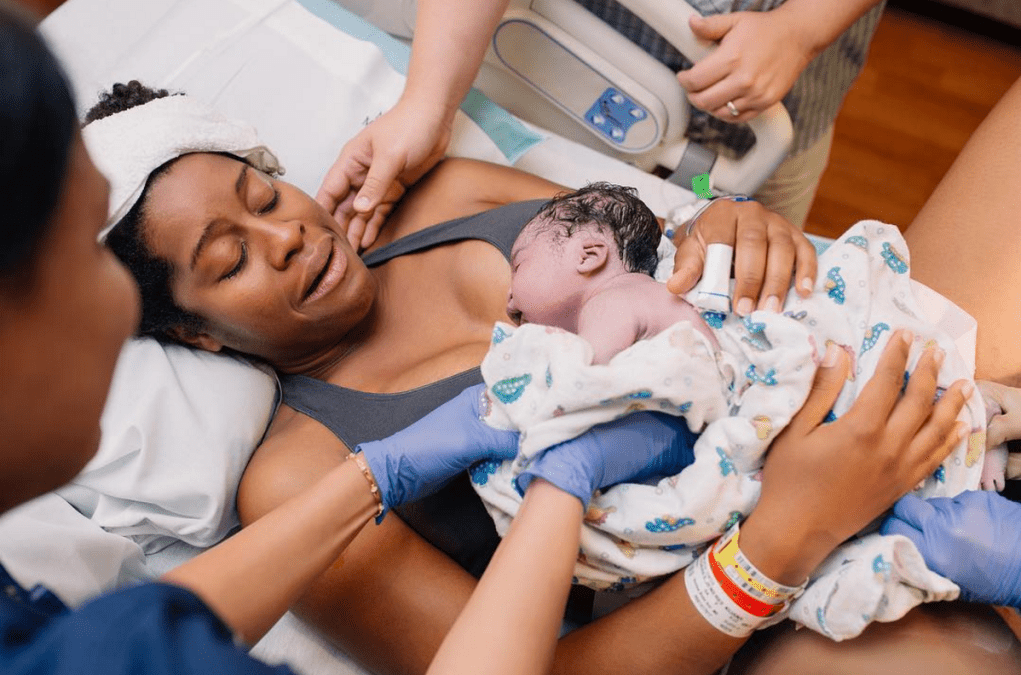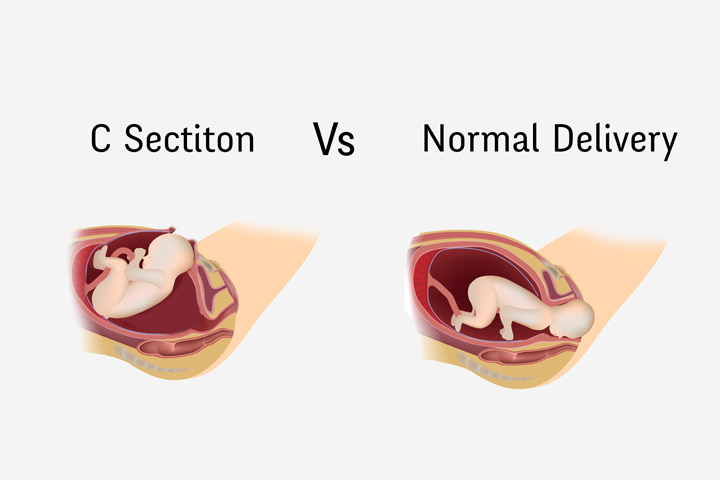Modern birth methods have advanced greatly from the birthing like ‘Hebrew women’ phase. Words like epidural, vaginal birth and Caesarean section are commonplace among women and medical folk. Technological advancements have made the options so wide and varied that there is an ongoing debate over which birth method is best. Although the debate is decidedly wider than the Vaginal Vs. Caesarean Section, this seems to be the most common. A lot of other considerations which include the use of epidural, natural births, home births, and pre-term births are also factored into modern birth stories.

In order to help prospective moms make the best choices, here are some comparisons of pro and cons of each method. In all of this, most times there is no one size fits all for these things. The fact that someone survived a risky vaginal birth doesn’t guaranty another person the same. Most birth methods are best determined in tandem with appropriate medical personnel.
ALSO READ: HOW TO AVOID BIG BELLY DURING PREGNANCY
Caesarean Section Birth Method
The Caesarean Section or CS is a major surgical procedure involving an incision at the base of the uterus. This method of delivery was quite unpopular before the 20th century. The reason is not far-fetched, like every surgery, the risk of bleeding, infection, and possible rupture led to high mortality rates. However, with the improvements in modern technology, antibiotics, regional anesthesia, and blood transfusion, CS has become less scary.

With the apparent ease of access and options of this procedure, so many women now opt for elective Caesarean Sections. However, there are a number of situations that make CS the best if not only birth method to prevent natal and maternal mortality. These include
- High Blood Pressure in the mother
- Breached baby
- Placenta attached to the uterine wall
- Infections such as Herpes and HIV
- Prolonged labor
- A large baby
- Shortage of oxygen to the baby.
All the above reasons are medical precursors that require a planned or emergency CS as opposed to a natural birth method. The risk of mortality for both or either mother and child are high in these situations if a vaginal birth is taken. CS births have been up to 32% and 40% in the US and developing countries respectively.

The option of elective CS is now on the table for prospective mothers who have had previously strenuous vaginal births or simply don’t want to risk the vaginal births. The surgery has become relatively safer and much more attractive to most women. On the other hand, is CS really the best option if it can be helped?
Vaginal Birth Method

Vaginal births are the oldest and most commonly known to mankind. This is the ‘natural’ birth method that most women, either for religious or personal ethics would not deviate from. As much as vaginal births are the way of nature, mortality rates from complicated vaginal births are the very reason there is a Caesarean Section. There are various conditions that arise for different reasons and make a natural birth fatal. Aside these complications, natural births present the best-case scenarios for most births. The benefits of a natural birth include
- Shorter recovery time
- Mother-child contact can be done immediately unlike CS births
- There is a reduced risk of obesity in the child
- The child gets to come in contact with maternal microbes in the birth canal which boost infant immunity.
- Lower chances of stillbirths and miscarriages in later births
- Microbial exposure and labor stress help to activate the immune system in neonates.
On the other hand, vaginal births result in urinary inconsistencies later in life for the mother. The rate of the urinary tract or pelvic floor stress is about 10% as compared to 5% for CS delivery.
Vaginal Birth Vs. Caesarean Section
A careful analysis will show that there is really no one size fit all in making these choices. The various circumstances surrounding the pregnancy or birth will best decide birth method. But in all these considerations here are a few facts to remember.

- Vaginal birth stretches and tears the tissues of the birth canal.
- Obesity and pregnancy weight gain often increase the need for CS.
- CS is 5 times riskier than vaginal births on the average.
- A lot of CS can be avoided with a good obstetrician and other medical practices, even breach births.
- The probability of having a stillbirth or miscarriage increases with a CS.
- Due to the absence of labour stress and assimilation of maternal microbial flora in the vagina, there is a higher risk of immunological diseases like asthma, atopic dermatitis, and celiac disease.
- Future pregnancies after a CS run the risk of uterine rupture, placenta accretes and placenta previa.
- Most CS deliveries are geared at saving the child’s life at every cost; hence the reason for emergency CS when heart rate or oxygen level drops.
- Elective CS is usually very unnecessary and quite expensive.
After all said and done, different women have different experiences with both choices. And in some cases, it’s simply a matter of life and death.
What experience do you have with either birth method? If you have the choice will you go for a CS or risk the pains and tears of vaginal birth method?










Thank you for your sharing. I am worried that I lack creative ideas. It is your article that makes me full of hope. Thank you. But, I have a question, can you help me?